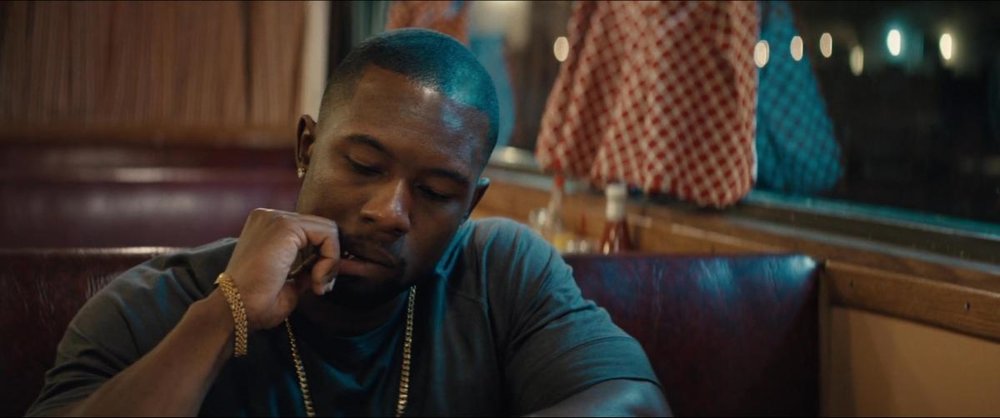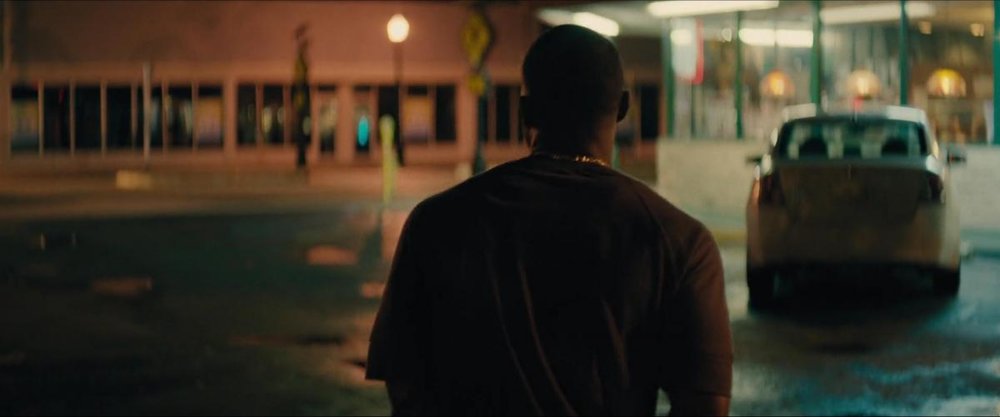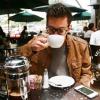Search the Community
Showing results for tags 'mixing'.
-
Hey guys! My first post here ;) Currently I'm prepping to shoot my first short-film. I've worked as a DP on commercials and documentaries, but never on narrative film. The script I'll be shooting involves a great amount of tension on the characters almost from beginning to end, so, along with the director (we've worked together a billion time, also as a directing duo) I'm deciding how to bring this tension to the camera. Hard sunlight hitting the subjects face on a low-key enviroment is a great option, but I'm seeking ways to create this tension/contrast through color/color mixing. "Moonlight", shot by James Laxton is a nice reference, so, I was wondering how Laxton accomplished some shots, especially these ones: On an interview, Laxton says he changed the greenish fluorescents from the restaurant to get this blue look (although at the exterior shot they seem quite green to me), the one working as a backlight on the interior shot. I was wondering what kind of lamp is that and at what temperature? I imagine that the inside tungstens are 3200K ~ 2800K, but the outside blue is just to blue to be a regular daylight 5400K. Also, at what white balance was the camera set to be able to capture yellow from the inside and blue from the outside? Thank you guys very much, really happy to be a part of the forum ;)
-
Hello everyone, I have researched online and can't come to any solid conclusions about how sound design and/or mixing is done when you're working optically. For instance: I'm making a movie and seriously considering taking it the full photochemical route, ie. shooting on 35mm scope, processing the film at Fotokem, getting a work print made (no DI), cutting the film on a flatbed, conforming the negative, timing the answer print, and striking a release print. The idea is to keep my movie completely off a computer. But the thing I can't seem to wrap my brain around is the audio part of the process. How do I sync the separately and digitally recorded dialog to my work print? How do I mix in the music I want? Most importantly, the sound effects? I tend to have substantial sound design in my films, sometimes 150 tracks or more, and spend around 80% of my post production process on sound. Is there a way to do this optically? Should I just go with a DI? I hear a lot of terms like sepmag, and 35 sound mag, but I'm not really sure what they are or how you edit with them. Thanks in advance for your help. Colin




